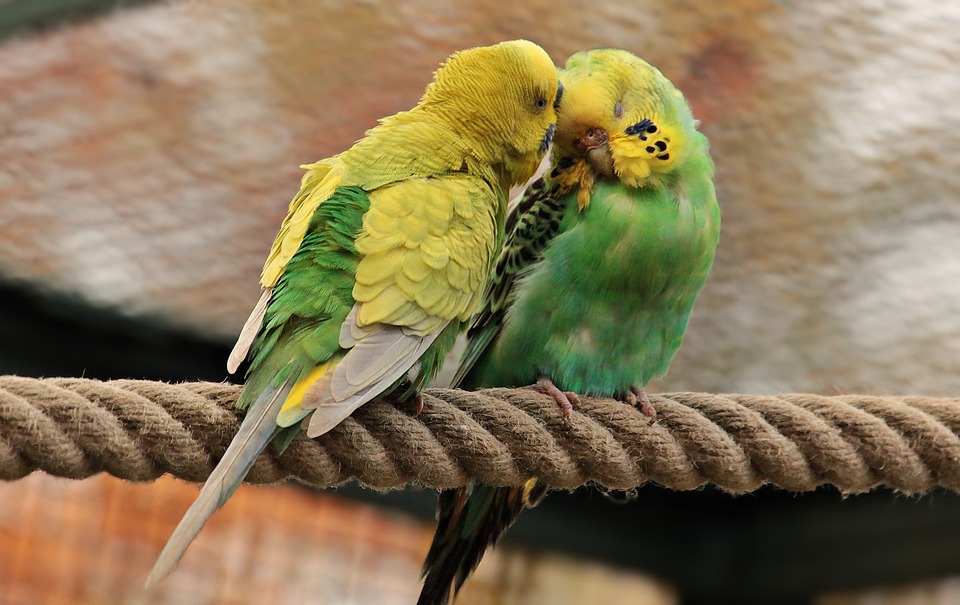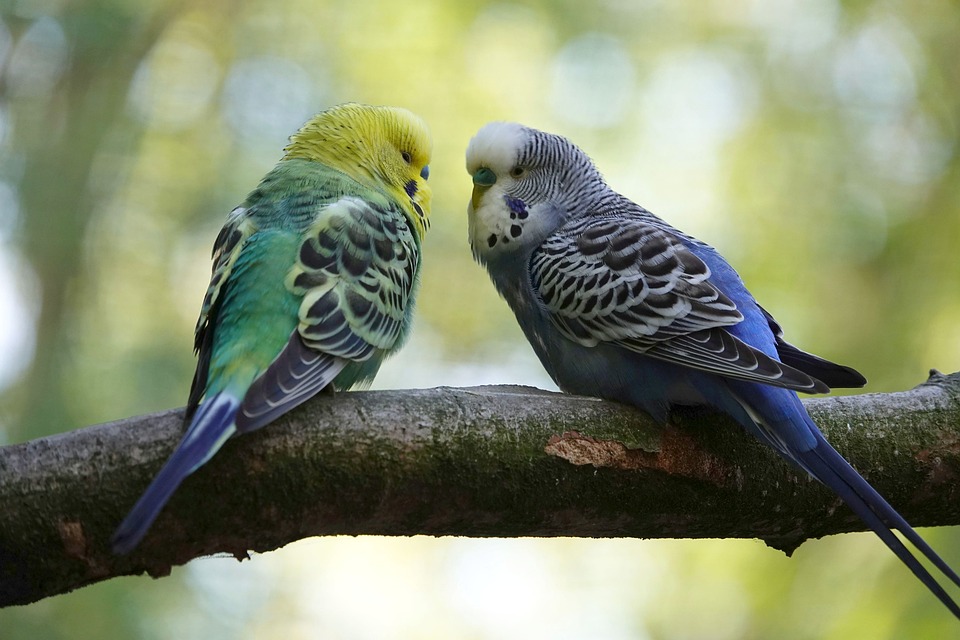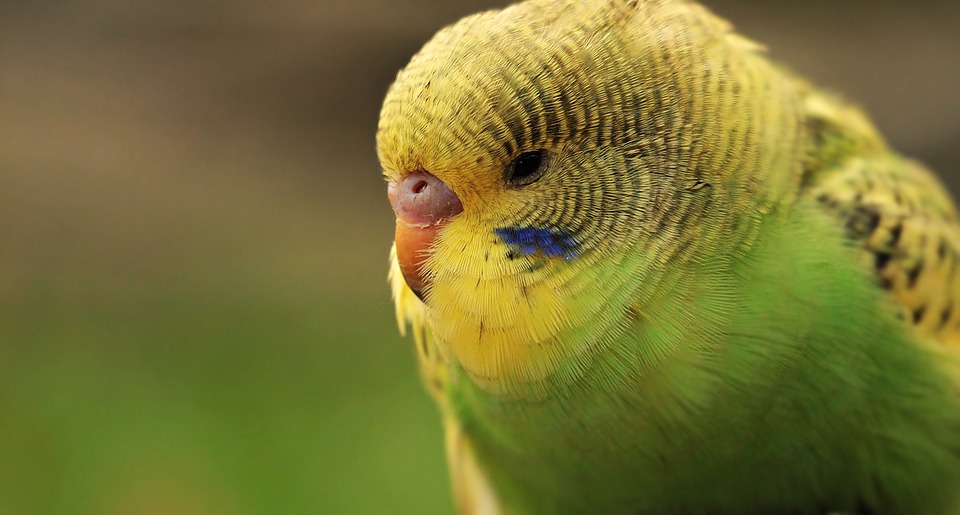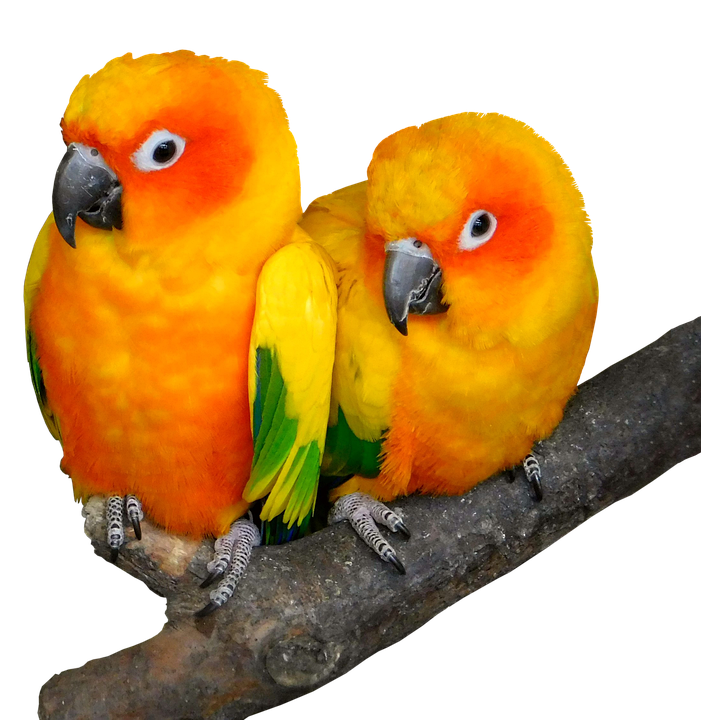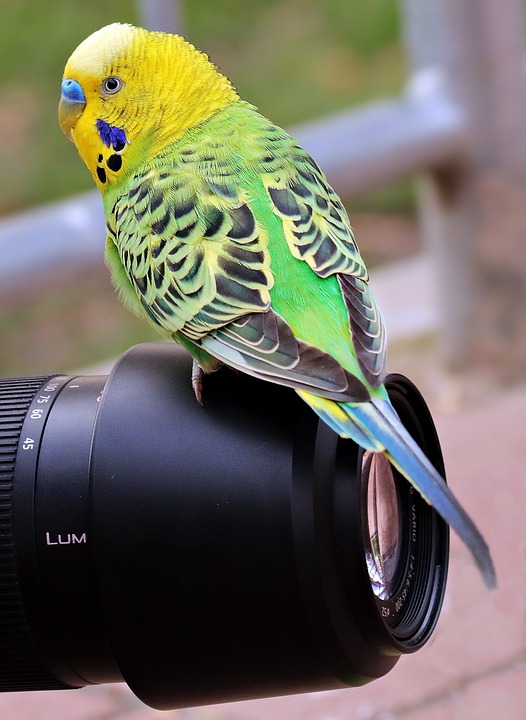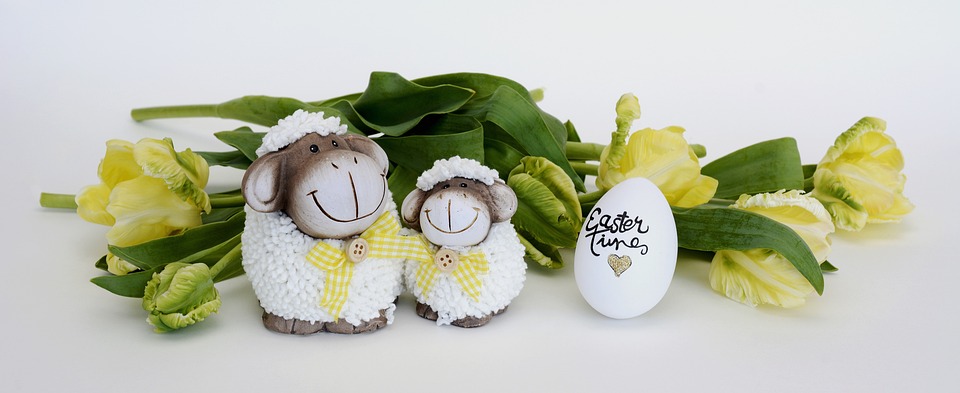Building a strong bond with your parrot is essential for a fulfilling and harmonious relationship. Trust forms the foundation of this bond, and being able to recognize signs of trust in your parrot is crucial. Parrots are highly intelligent creatures with unique behaviors, and understanding their body language can help you establish a deeper connection. In this article, we will explore various trust signals exhibited by parrots and provide valuable insights on how to nurture trust to build a strong bond with your feathered friend.
Recognizing Trust Signals in Parrots
Parrots communicate their feelings and level of comfort through a variety of behavioral cues. By observing and understanding these signals, you can gauge your parrot’s trust level and work towards strengthening your bond. Here are some key trust signals to look out for:
1. Relaxed Body Posture: A parrot that feels safe and comfortable in its environment will exhibit a relaxed body posture. Look for a parrot that stands tall with feathers smooth, wings slightly away from the body, and a relaxed stance.
2. Preening: Preening is a grooming behavior that parrots engage in to maintain their feathers. When a parrot preens in your presence, it signifies a sense of security and trust. You may also notice your parrot allowing you to gently preen their feathers, which is a significant display of trust.
3. Vocalizations: Parrots communicate through various vocalizations, and certain sounds can indicate trust. Soft chirping, purring, or gentle squawking in your presence are positive signs that your parrot feels comfortable and secure around you.
4. Wings Spread: Parrots occasionally spread their wings as a sign of relaxation and trust. When a parrot spreads its wings while perched or during playtime, it shows that they feel safe in your company.
5. Head Bowing: Head bowing is a common behavior among parrots and can indicate trust. When a parrot lowers its head in your presence, it is acknowledging your presence and showing a level of comfort and trust.
6. Feeding from Your Hand: One of the most significant trust signals is when a parrot willingly takes food from your hand. This behavior signifies that your parrot trusts you enough to approach closely and accept food directly from you.
Nurturing Trust and Building a Strong Bond
Building trust with your parrot takes time, patience, and consistent positive reinforcement. Here are some tips to help you nurture trust and develop a strong bond with your feathered companion:
1. Create a Safe Environment: Ensure your parrot’s cage is located in a quiet area away from potential stressors. Provide plenty of toys, perches, and hiding spots to create a secure and enriching environment.
2. Establish a Routine: Parrots thrive on routine, so establish a consistent daily schedule for feeding, playtime, and social interactions. This predictability helps build trust and makes your parrot feel secure.
3. Positive Reinforcement: Use positive reinforcement techniques such as praise, treats, and rewards to encourage desired behaviors. Reward your parrot when they exhibit trust signals, and avoid punishment or negative reinforcement, which can damage trust.
4. Socialize Daily: Spend quality time with your parrot each day to strengthen your bond. Engage in activities your parrot enjoys, such as gentle petting, interactive play, or teaching new tricks.
5. Respect Personal Boundaries: Just like humans, parrots have personal boundaries. Respect your parrot’s body language and avoid pushing them to interact when they show signs of discomfort or fear. Allow them to approach you at their own pace.
6. Be Patient and Consistent: Building trust takes time, so be patient and consistent in your interactions with your parrot. Establishing a strong bond requires regularity, respect, and understanding.
Frequently Asked Questions (FAQs)
1. How long does it take to build trust with a parrot?
Building trust with a parrot varies depending on its individual personality and past experiences. It can take anywhere from a few weeks to several months or even longer. Patience and consistency are key.
2. Can I build trust with an older parrot?
Yes, it is possible to build trust with an older parrot. While the process may take longer, older parrots can still form strong bonds with their caregivers through patient and positive interactions.
3. What should I do if my parrot shows signs of fear or aggression?
If your parrot displays fear or aggression, it is crucial to assess the underlying cause. Consult with an avian behaviorist or an experienced avian veterinarian to address the issue and develop a behavior modification plan tailored to your parrot’s needs.
4. Are there any trust signals I should be cautious of misinterpreting?
Yes, it’s important to be cautious of misinterpreting certain behaviors. For example, a parrot flapping its wings vigorously may indicate excitement or fear rather than trust. Always consider the context and accompanying body language to accurately interpret your parrot’s behavior.
Remember, building trust with your parrot is a journey that requires time, effort, and understanding. By recognizing and responding to your parrot’s trust signals, you can establish a strong bond that will enrich both your lives.


